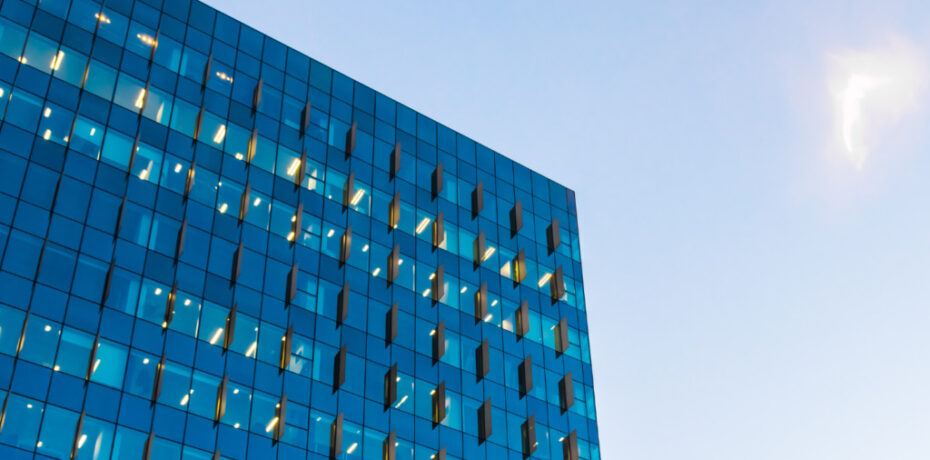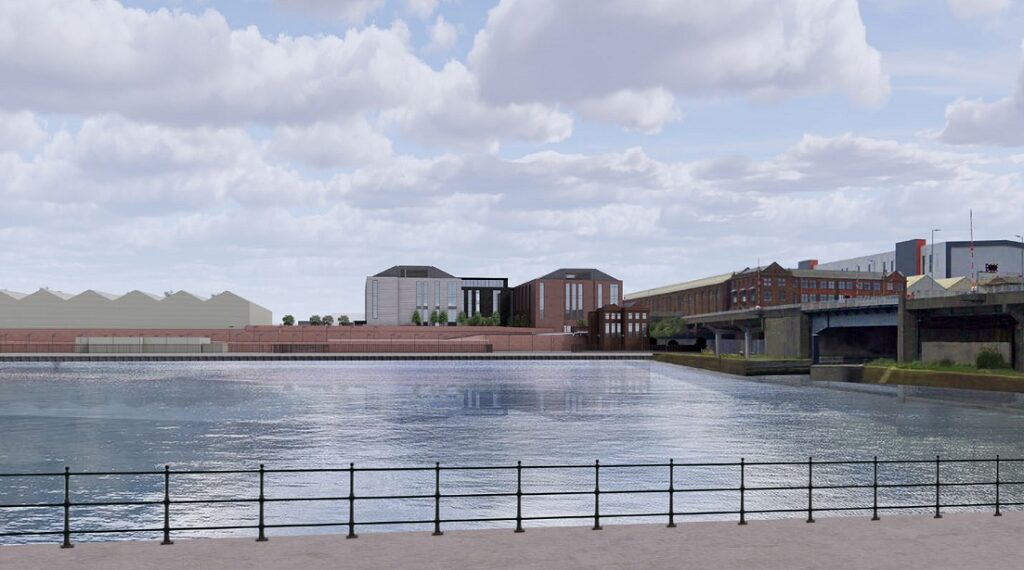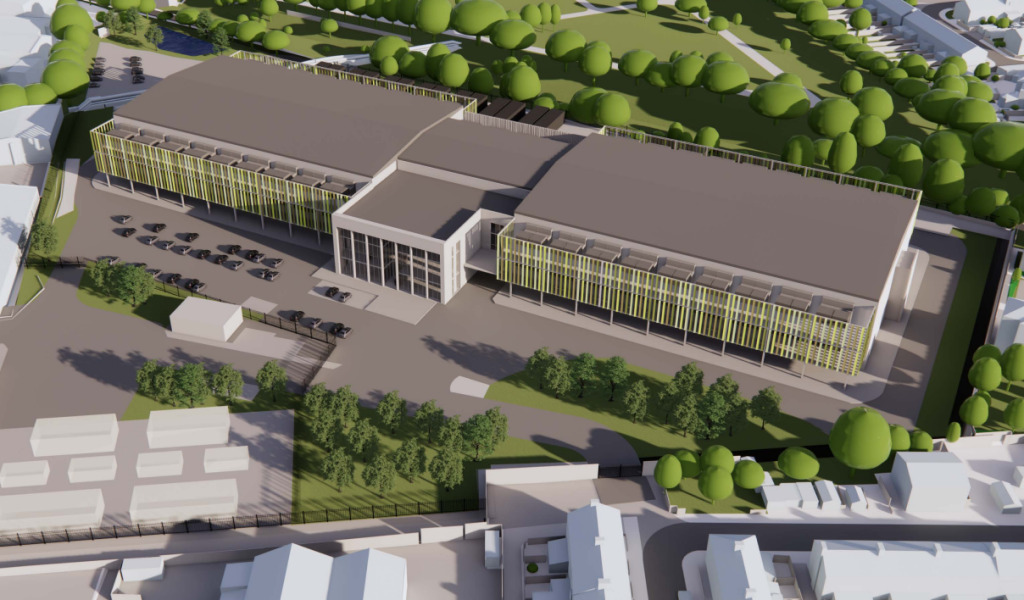How hybrid work will reshape office investment
 Office jobs still make up 35% of all new jobs created globally, writes Melis Karabulut of Spaceflow. This year, we will see investments rebound stronger and faster than expected in the office landscape.
Office jobs still make up 35% of all new jobs created globally, writes Melis Karabulut of Spaceflow. This year, we will see investments rebound stronger and faster than expected in the office landscape.
Last year proved that occupancy in office buildings will hardly return to pre-pandemic levels, with the rise of work from home, work from anywhere and freelancing. Accordingly, the future of office buildings remains blurry on a global scale.
In the post-pandemic world, however, this doesn’t mean that we’re living in an ‘office is dead’ reality. The old ways of operating office space are long gone – as customers want to pay for not only the office space, but for the experience and convenience it brings with valuable amenities and digital enablers. This can be observed in the rise of Class A office values in New York, commanding $50 (15%) more per square foot than before the pandemic. The price of Class B buildings, meanwhile, has risen just 6% according to Deloitte.
But with just 47% of offices occupied across the US, valuations have nevertheless fallen. Given that property taxes are the biggest source of revenue for a city like New York, Manhattan saw tax revenue fall 11% last year to $5.24bn. More worryingly, the city’s buildings also risk being stranded for not complying with green standards set to be reached by 2030.
Similar trends are observed in other highly commercial cities such as San Francisco, Portland and Chicago, where the level of post-pandemic recovery in business areas fluctuates between 30-40%.
Repurposing and refurbishing office spaces as residential units is definitely a solution, but achieving that by complying with sustainability standards is more difficult than anticipated. This would require major reconstruction, including many more bathrooms and kitchens, and, therefore, new plumbing, electrical and other vital systems, causing even higher costs. As an example, only 3% of New York City office stock is viable for conversion.
But it is possible. In 2022, among all the European office assets that were transformed to serve a new purpose, 64% became residential units.
Over the next five years, this figure is expected to remain above 50%, with 40% expected to be mixed-used assets and the rest logistics and retail, with Germany and France ahead of the curve compared to the rest of the continent.
What concerns the commercial market most in terms of financial performance is sustained high inflation and workforce management. Accordingly, 55% of US-based commercial real estate leaders expect a further recession in 2023, which will make them focus on strategic acquisitions or maintaining a steady state. Climate change, on the other hand, is viewed as the least important challenge related to financial performance.
Unlike in the US, climate change in the commercial real estate sector is seen as the biggest challenge by European leaders, and repurposing buildings has become a bigger trend than in the US despite the costs. As a European head of asset management in PwC’s Emerging Trends in Real Estate Europe 2023 Report says: “There is no single discussion you will have with any peer in real estate that does not end up referencing ESG and decarbonisation.”
- Melis Karabulut is marketing manager at Spaceflow





